Missing ice cream and cheese? Maybe you don’t need to give them up… Here are 4 Ways to Enjoy Dairy When You’re Lactose Intolerant.
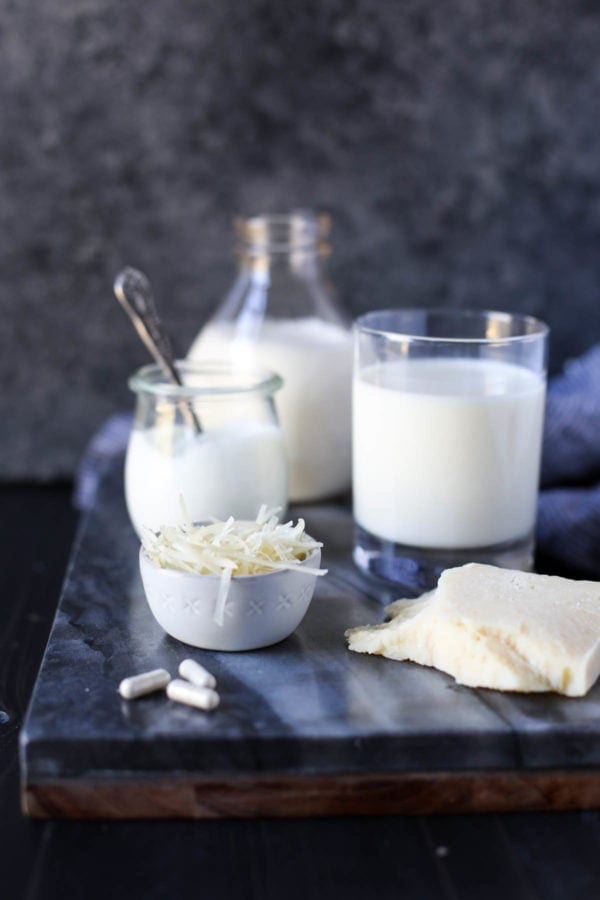
Is dairy giving you tummy troubles?
If a glass of milk, a bowl of ice cream or double-cheese on your pizza leaves you bloated, gassy or making frequent trips to the bathroom, you are not alone. It turns out that up to 75% of the world’s population experiences some type of lactose intolerance. Now before we throw the baby out with the bathwater and say that no one other than babies should be consuming dairy products, let’s look at the two types of lactose intolerance:
Primary lactose intolerance
Since all humans are born with the ability to digest lactose, the primary sugar found in breastmilk (from humans and other mammals), we are not innately lactose intolerant. Instead, lactose intolerance can just “happen” as we age and our body’s ability to product lactase declines. Lactase is the enzyme that’s necessary to break lactose into glucose and galactose – the simple sugars that can easily pass through the gut barrier to be absorbed. If not broken into its component parts, lactose is fermented by bacteria in the colon which can then cause bloating, gas, abdominal cramps, diarrhea, and for some, constipation.
Secondary lactose intolerance
Though much more rare and often very transient, secondary lactose intolerance can occur following a particularly nasty stomach bug or in those with celiac disease. Inflammation of the gut lining results in decreased lactase production in this case. In the case of an illness, this type of lactose intolerance may last just a few days and slowly reintroducing lactose-containing foods seems to be the best course of action. For those with celiac disease (or other conditions that cause inflammation of the gut lining such as Crohn’s or colitis), their lactose intolerance may come and go or it may be a chronic issue depending.
Foods that contain lactose
Foods that naturally contain lactose include: milk (cow, sheep, goat etc.), yogurt, ice cream, cheese, and butter. Some packaged and processed foods may also include ingredients that contain lactose in varying amounts. Terms to look for on labels include: milk, milk solids, buttermilk, milk powder, cheese powder, whey, whey protein concentrate, sour cream, dry milk solids, malted milk, and milk sugar.
Is any amount of lactose OK if you’re lactose intolerant?
Well, this depends! Many people, myself included, who don’t tolerate lactose in large quantities can still enjoy the taste and textures of dairy products and the calcium, vitamin D and protein that comes with them. Exploring these 4 ways to enjoy dairy when you’re lactose intolerant are a good starting point if you know you’re not allergic to milk, but you’ve been avoiding dairy because it “disagrees” with you.
4 Ways to Enjoy Dairy When You’re Lactose Intolerant
Choose lactose-free dairy products: For many, this is the easiest way to be able to enjoy dairy products because they’re convenient. One of our favorites is this lactose-free, high-protein, ultra-filtered organic milk from our friends at Organic Valley. Unlike other lactose-free milks we’ve tried, this one doesn’t taste overly sweet and it’s organic and available nationwide. We also enjoy the lactose-free products from Green Valley Organics (yogurt, sour cream, cream cheese, and cottage cheese).
Fermented dairy products: The process of fermentation reduces the overall lactose concentration of dairy products making these foods more easily tolerated for many with lactose intolerance. Examples of fermented dairy include yogurt, cultured buttermilk, and kefir. Greek yogurt is my personal favorite because much of they whey has been strained off which lowers the lactose content even more.
Hard cheeses: Hard cheeses such as parmesan, parmigiano-reggiano, pecorino, manchego, grana padano, asiago, gruyere, cotija, comte, and emmental are naturally lower in lactose than softer cheeses. And unlike mild cheddar, mozzarella or Monterey jack, they also pack a big flavor punch so you can use less and still get the flavor you’re looking for. Some of my personal favorites are parmesan when used in this Skillet Chicken Parmesan or these Parmesan Roasted Brussels Sprouts with Bacon and cotija for burrito bowls or tacos made with our Easy Slow Cooker Carnitas.
Lactase enzyme supplement: What do you do when you just want ice cream? Or maybe you don’t have access to lactose-free dairy products or fermented dairy still gives you tummy troubles? You try a lactase supplement! Sometimes only the real deal will do in which case, these supplements can let you enjoy the foods that were previously off limits with little to no side effects. Lactase supplements are capsules that you take with a meal that contains lactose. Others are liquid drops that can be stirred into beverages like milk. My personal experience has been that different brands work better than others for me and my digestion. Since we’re all different in the amount that we can tolerate (and our body chemistry and gut health etc.) you may have to try a few different brands to find the one that works best for you. Currently, this is the one I use when I want to splurge on real ice cream or a big hunk of brie or other soft cheeses.
Other tips for enjoying dairy when you’re lactose intolerant
Swap butter for ghee.
Butter, though very low in lactose, can easily be replaced with ghee or clarified butter. Making ghee at home is easy to do and it’s a fun project to do with kids, but it’s also readily available in well-stocked grocery stores or online if DIY isn’t your thing. Ghee is great for high-heat cooking like pan-frying, sautéing, or roasting and adds a delicious, nutty flavor to dishes.
Mind your portions.
For many of us with lactose intolerance, watching our portion sizes when it comes to dairy is key. Many people who experience the unpleasant side effects of lactose can enjoy dairy if they limit how much they consume at one time and also how much they consume over the course of the day. Though I’m not a “milk drinker,” I do enjoy the occasional bowl of cereal (I mean, what kid of the 80s doesn’t?!) so long as I keep the milk to less than ¼ – ⅓ cup. The same goes for ice cream, cottage cheese, and regular (non-Greek yogurt). When ordering pizza, I just avoid anything ‘double cheese’ and opt instead for a parmesan or another hard cheese and that seems to do the trick.
As with anything diet-related (diet meaning “the way you eat”) the only way to know what works for you is to experiment. If you’ve been avoiding dairy for a long time, be sure to ease into things to help minimize symptoms and allow your gut the chance to start producing its own lactase (even if it’s only a little, it helps!)
What tips or tricks do you have for enjoying dairy when you’re lactose intolerant? Share in the comments below.
Pin this & share the love!
Disclaimer: These suggestions are not intended to treat or cure any condition. They are simply suggestions. Please use your best judgment and if you have ever been told you are allergic to milk, do not attempt to introduce dairy without first consulting a medical professional.
This post may contain affiliate links which won’t change your price but will share some commission.
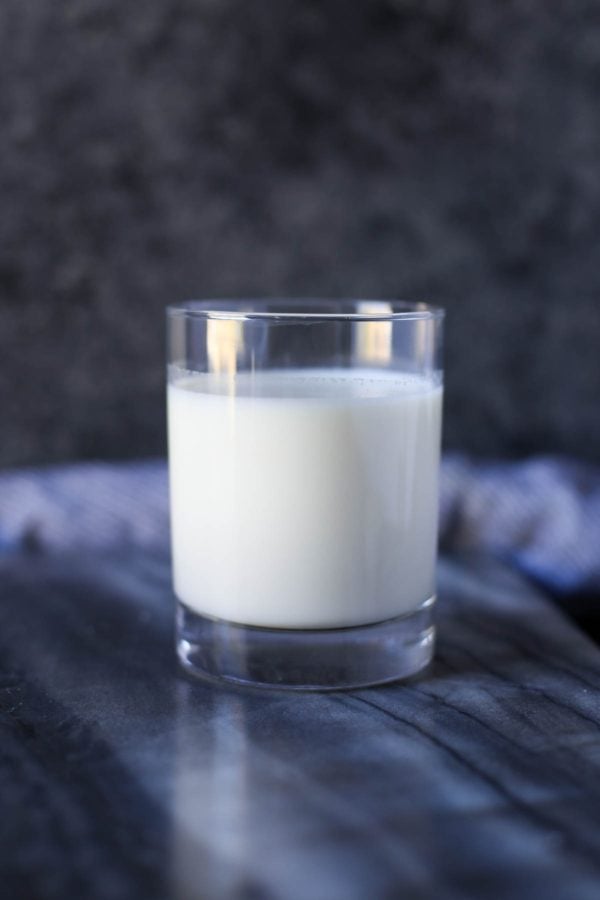
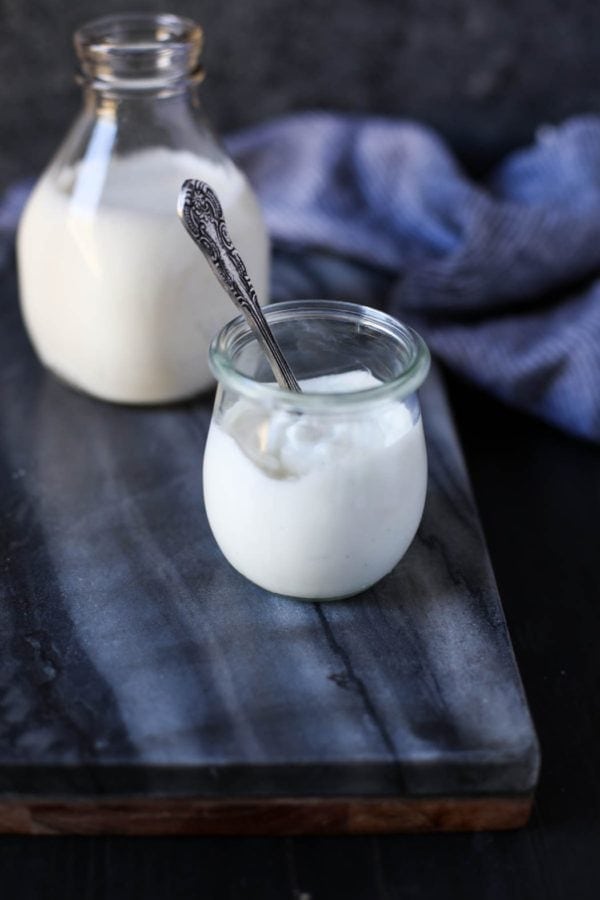
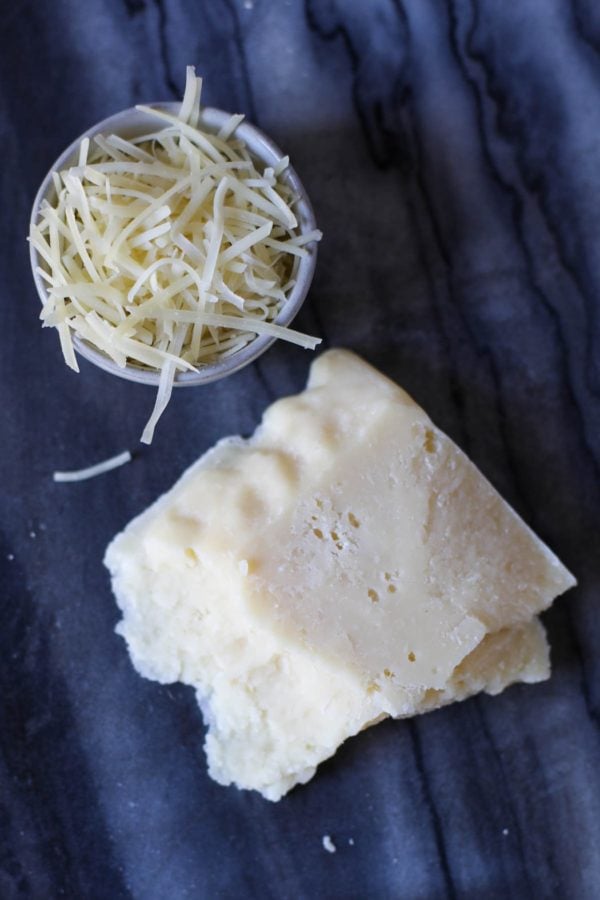
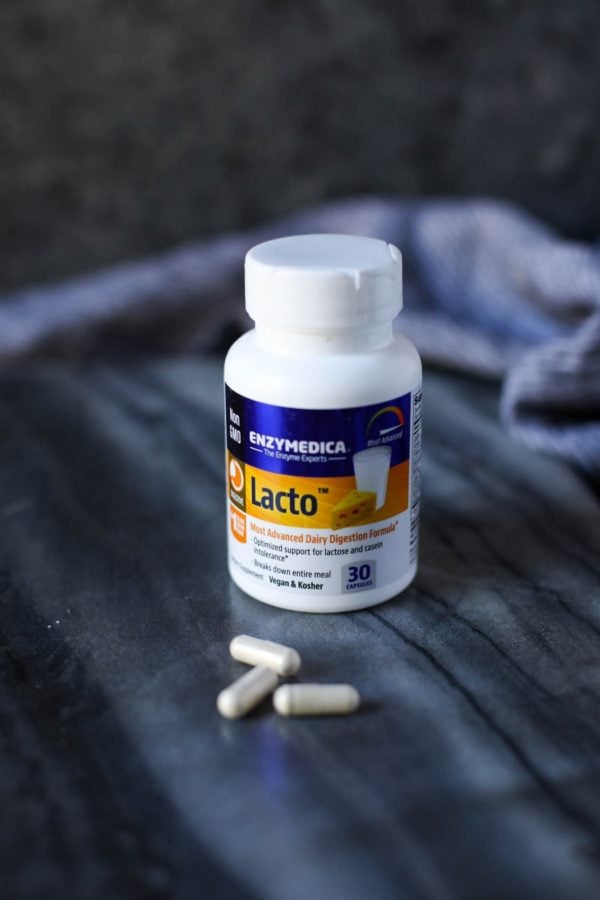
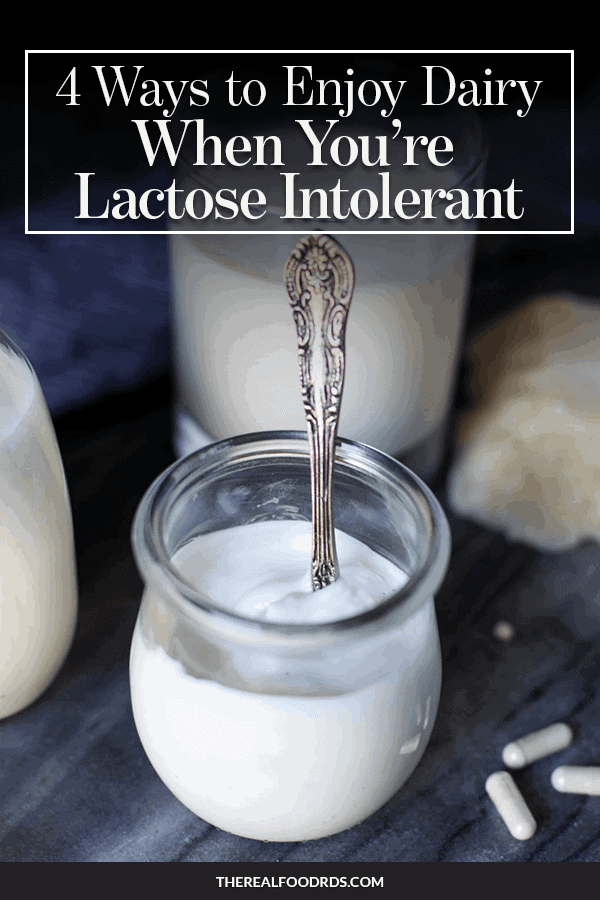
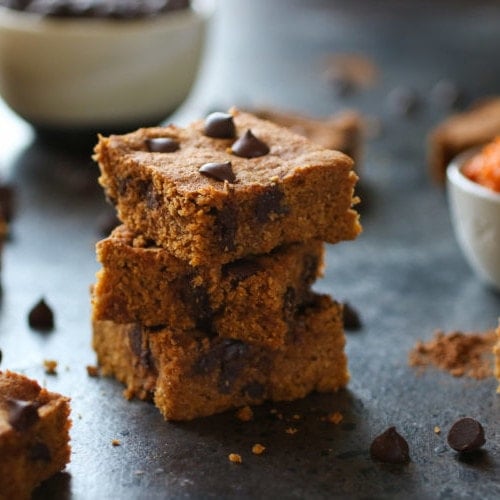

My husband enjoys kraft and Cracker Barrel shredded and block cheeses as they are labeled as 0g of lactose. It’s been a lifesaver for him as he loves cheese!
That’s great to know about those both being lactose-free, thank you!
I have twin daughters and one struggles with eczema and one has incredibly hard bowel movements, so we’ve pretty much eliminated cows milk products (we use goats milk in their bottles), are these conditions linked with the lactose or is there some other product in cows milk that aggravates these symptoms? Thank you!
Hi Maggie,
Constipation can be a symptom of lactose intolerance. Since goats milk also contains lactose, it may be worth doing a trial with lactose free whole milk in place of goats milk to see if the constipation improves or resolves while simultaneously monitoring the eczema.